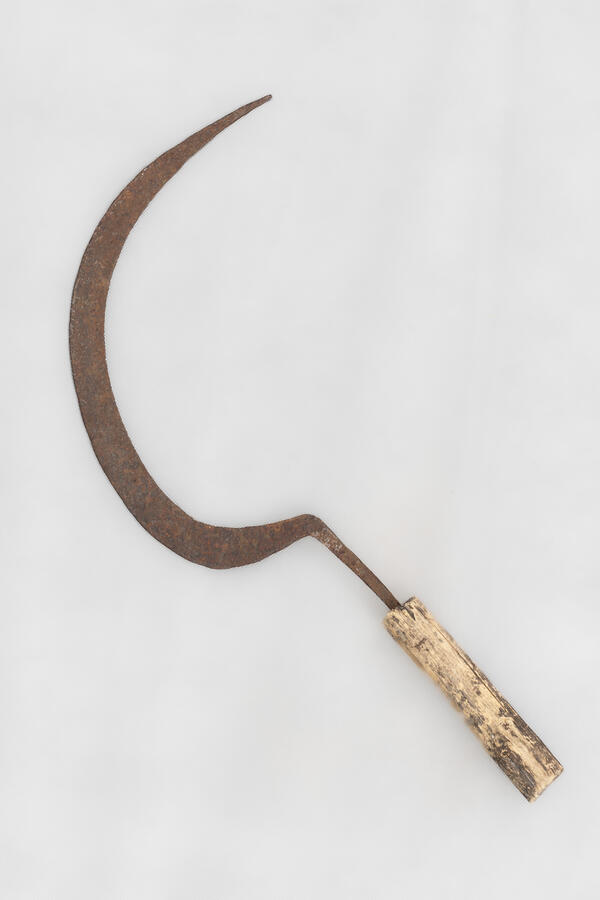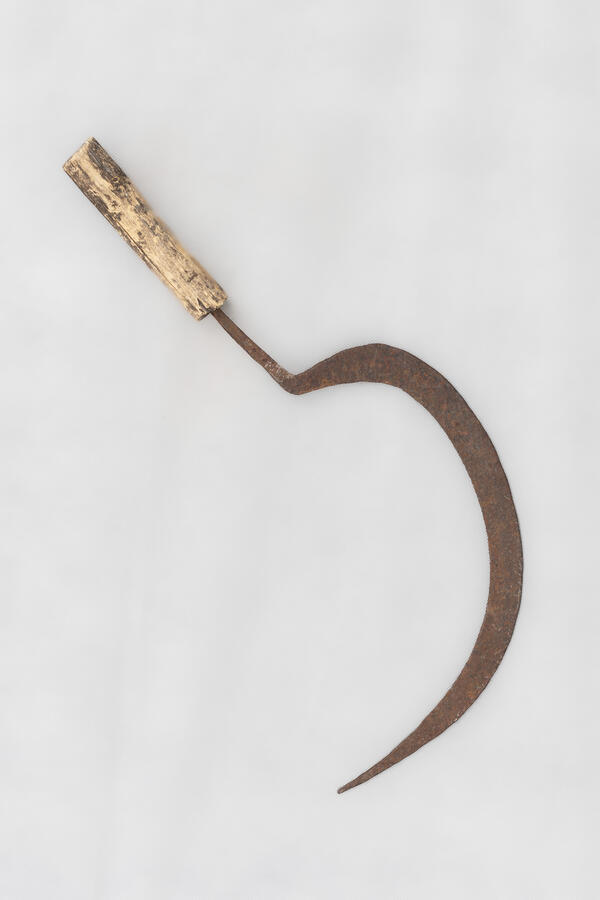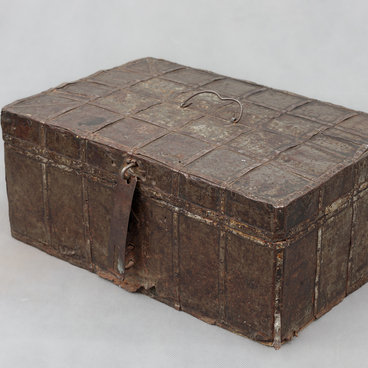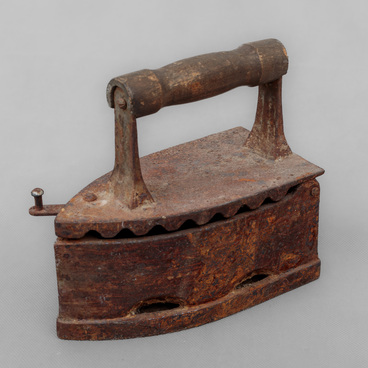A sickle consists of a semi-circular serrated blade, which artisans inserted into a cylindrical handle. It was a traditional agricultural tool for harvesting grain crops, but sometimes, if it was necessary to speed up the process, a scythe was used instead.
Russian sickles of the 19th century were relatively small in size: the distance from the tip of the blade to the tang (the part that was inserted into the handle) ranged from 21 to 35 cm, and the width of the middle part of the blade ranged from 1.8 to 3.5 cm. The height of the arc was usually one-half the distance from the tip of the blade to the tang.
Sickles were distinguished by the shape of the blade and teeth. The sickle was serrated either before or after firing — this helped to cut the stems of plants. In the first case, sickles served for a very long time, since they could fired in a way that made them more durable. However, if the blade became blunt, then sharpening it was quite difficult.
In the second case, the sickles turned out to be quite soft and quickly became blunt. This was due to the fact that it was hard to apply notches to well-fired metal. However, such sickles were not difficult to sharpen. Blacksmiths made sickles by order of peasant women, but more often the tools were purchased in village shops or at fairs.
The sickle is an ancient farming tool. It is usually found during archaeological excavations on the territory of European Russia in layers of the 6th and 7th centuries. Old Russian sickles were similar to those used by Russian peasant women in the 19th century, but smaller, in the range of 19 to 33 cm. The height of the arc was also smaller, which was usually not half the distance from the tip of the blade to the handle, but a third.
The sickle was often mentioned in Russian oral poetry. In proverbs, sayings, riddles, its form and purpose were described, “Little, humpbacked, he went around the whole field and went under the roof.” The following custom was associated with sickles in Russia: on the feast day of St. Zechariah the Sickle-Seer, which was celebrated in February, peasant women took out sickles and sprinkled them with baptismal water. After that, they prayed to St. Zachariah, asking him to help them quickly harvest the crops in autumn.
Russian sickles of the 19th century were relatively small in size: the distance from the tip of the blade to the tang (the part that was inserted into the handle) ranged from 21 to 35 cm, and the width of the middle part of the blade ranged from 1.8 to 3.5 cm. The height of the arc was usually one-half the distance from the tip of the blade to the tang.
Sickles were distinguished by the shape of the blade and teeth. The sickle was serrated either before or after firing — this helped to cut the stems of plants. In the first case, sickles served for a very long time, since they could fired in a way that made them more durable. However, if the blade became blunt, then sharpening it was quite difficult.
In the second case, the sickles turned out to be quite soft and quickly became blunt. This was due to the fact that it was hard to apply notches to well-fired metal. However, such sickles were not difficult to sharpen. Blacksmiths made sickles by order of peasant women, but more often the tools were purchased in village shops or at fairs.
The sickle is an ancient farming tool. It is usually found during archaeological excavations on the territory of European Russia in layers of the 6th and 7th centuries. Old Russian sickles were similar to those used by Russian peasant women in the 19th century, but smaller, in the range of 19 to 33 cm. The height of the arc was also smaller, which was usually not half the distance from the tip of the blade to the handle, but a third.
The sickle was often mentioned in Russian oral poetry. In proverbs, sayings, riddles, its form and purpose were described, “Little, humpbacked, he went around the whole field and went under the roof.” The following custom was associated with sickles in Russia: on the feast day of St. Zechariah the Sickle-Seer, which was celebrated in February, peasant women took out sickles and sprinkled them with baptismal water. After that, they prayed to St. Zachariah, asking him to help them quickly harvest the crops in autumn.





